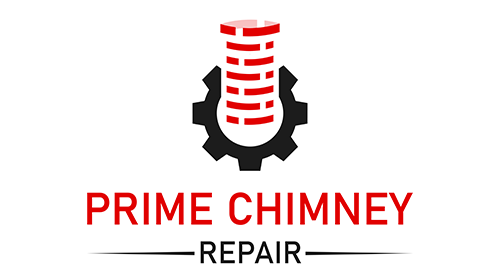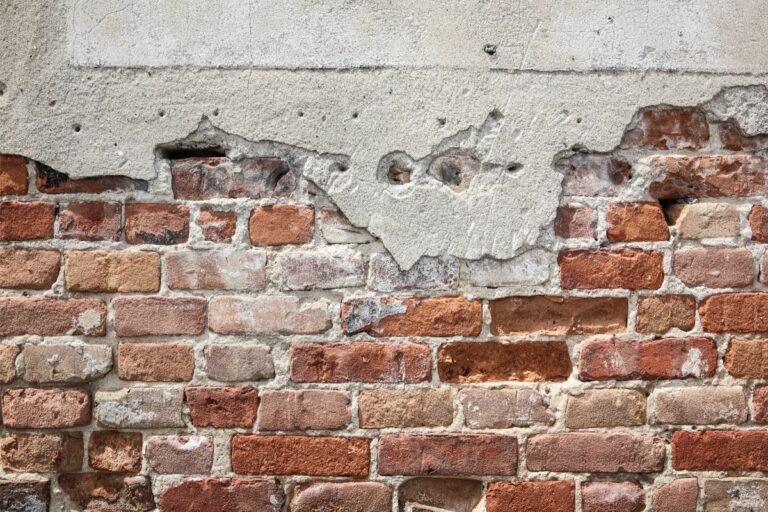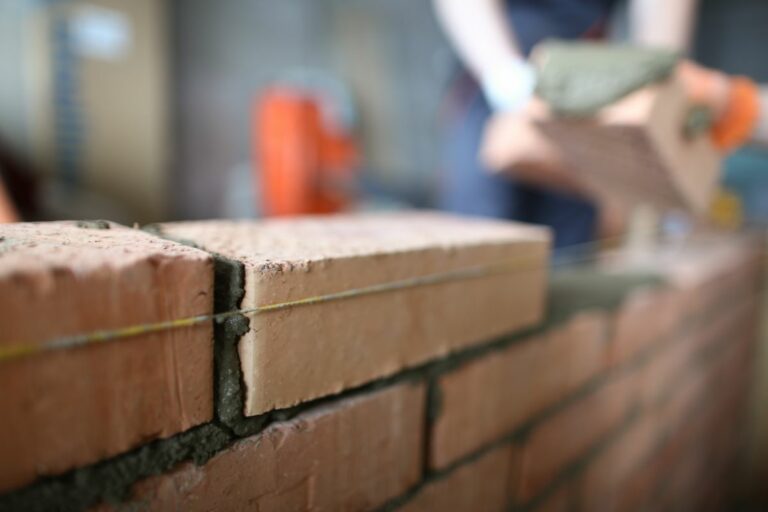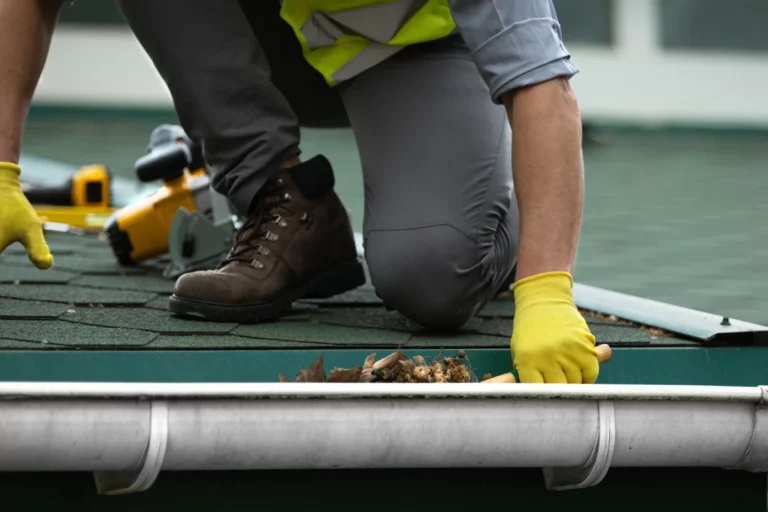There’s no denying that the fireplace chimney is the focal point of house interiors. It is an important part of our living, especially during winters when it makes our homes warm, comfortable, and energy-efficient.
But how many of us know enough about the parts of our chimneys?
Knowing about the major parts of your chimney will help you maintain its health and performance. An intermediate level of awareness about how each part works will save you time and money in the long run.
In this blog post, we break down the chimney’s structure into ten parts and explain the functions of each.
1. Bricks
Bricks are the basic structure of a chimney. To ensure these bricks are in good health and shape, they can withstand heat, moisture, and fire.
If your chimney bricks are very old or damaged, they will start absorbing moisture and can develop mold.
2. Flue
A chimney flue is a vertical trunk that compresses the smoke and carries it to the liner, directing it outside your home. Experts at Prime Chimney Repair suggest homeowners line the flue with solid material.
3. Liner
Attached to the flue is a chimney liner, a part primarily crucial in maintaining the longevity of your chimney and the safety of your home.
These thin, encapsulated vertical covers keep the fire in check within the chimney, minimize heat loss and protect the walls.
There are tile liners, metal liners, aluminum liners, stainless steel liners, and even clay liners. Homeowners choose the material of a chimney liner depending on the size and coverage requirements of a chimney.
4. Damper
The damper is another principal part of a house chimney; it controls airflow by keeping warm air from escaping while allowing smoke to exit.
When you use the fireplace, the dampers must be opened to direct the smoke and ashes outside your chimney. Once you have used the fireplace, close the dampers.
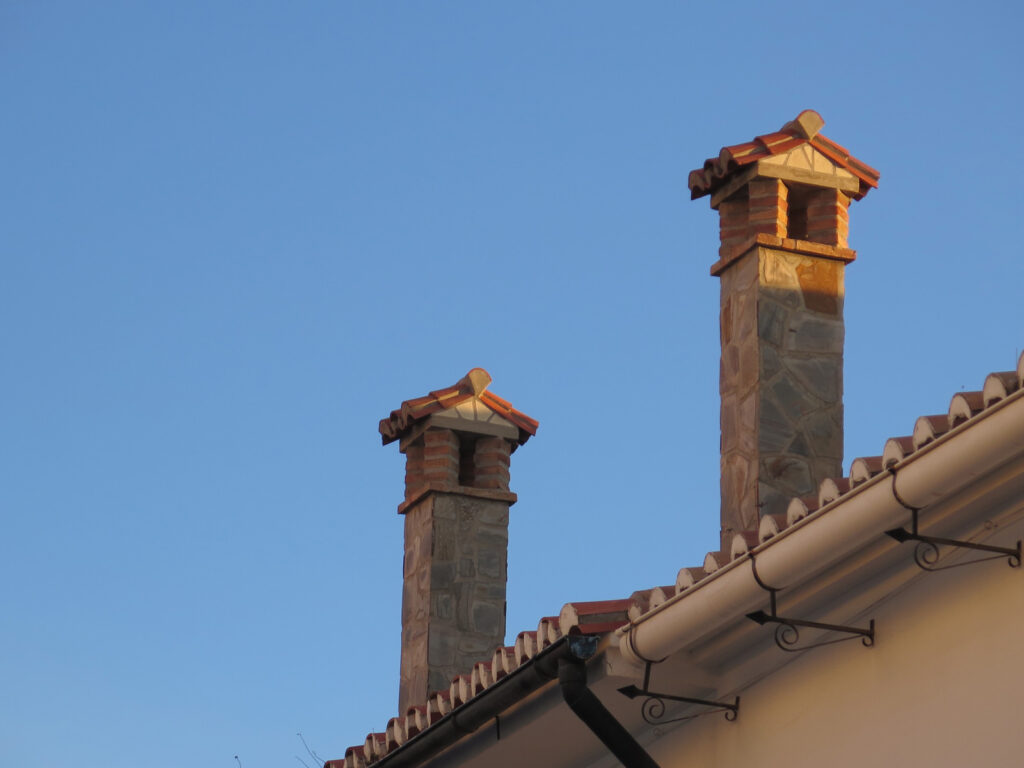
5. Chimney crown
The chimney crown is a cement slab that covers the chimney and brickwork. It blocks debris and raindrops so they don’t enter the main trunk area.
6. Chimney cap
You might also have a chimney cap if you have a masonry chimney, and it blocks water and debris and prevents roof fires.
7. Chimney covers
Also called chase covers, these are used at the top of chimneys to keep out wind, rain, and snow. You can choose chimney covers in different materials, including aluminum, steel, and copper.
8. Firebox
Above the brickwork, this is the spot where you put wooden logs to light fire. A firebox can be made of brick, metal, cement, concrete, or anything that doesn’t catch fire and can withstand heat.|
Some fireboxes do have more features like fireplace inserts, glass doors, and mantels. You may notice ash dumps and cleanout doors as additional chimney components if yours goes down to the basement.
9. Smoke chamber
The smoke chamber is located between the flue and the damper. It compresses the smoke and creates a channel so the byproducts can move out of your house.
10. Smoke shelf
A smoke shelf is a sloping surface that limits the ashes and soot in the fireplace.
Is your chimney safe, or does it need a repair before the weather changes? Book an estimate and let Prime Chimney Repair evaluate the safety and performance of your fireplace.
